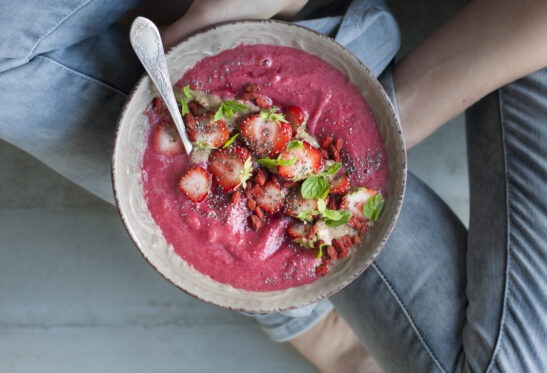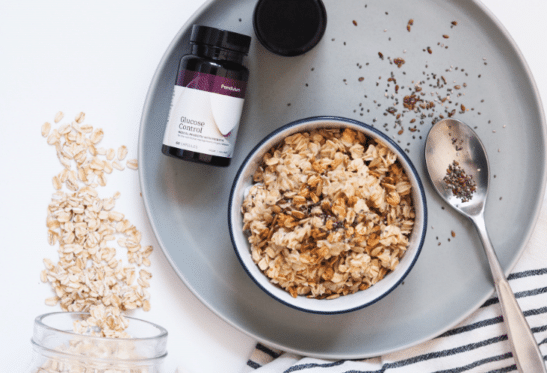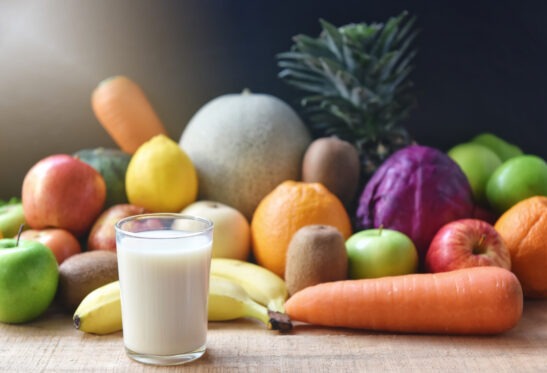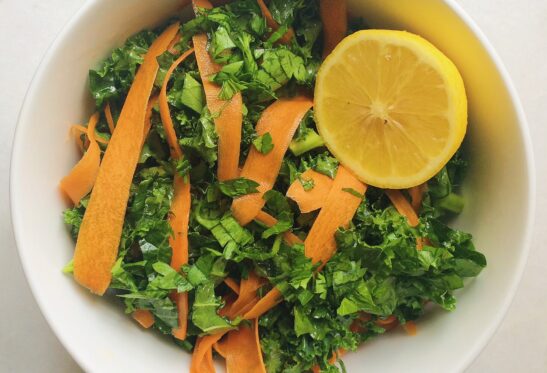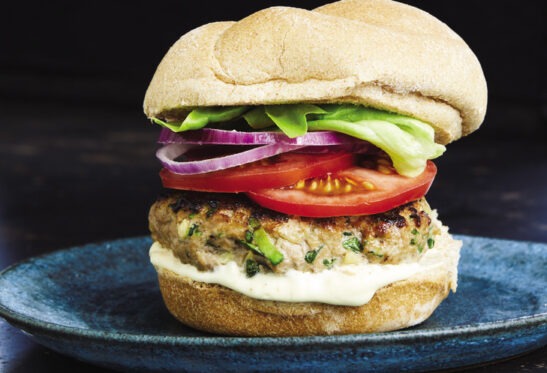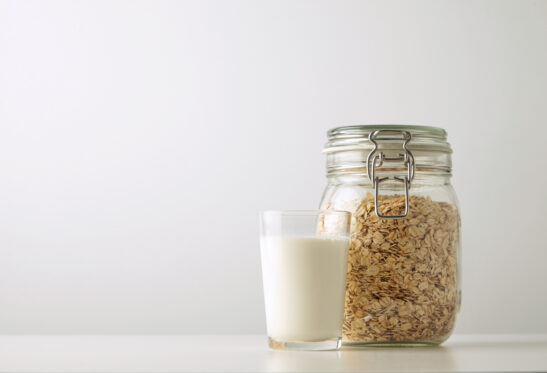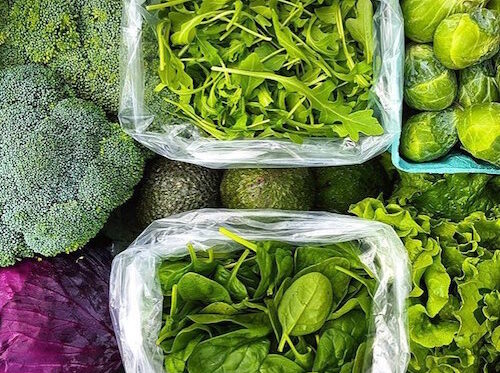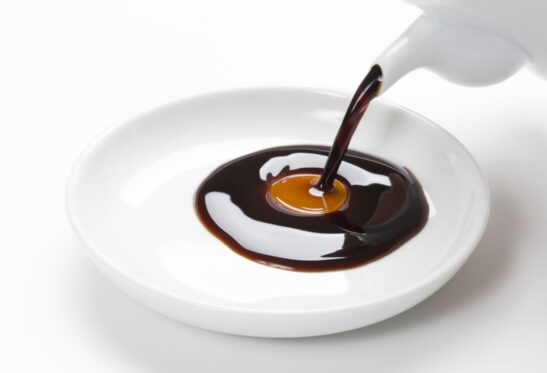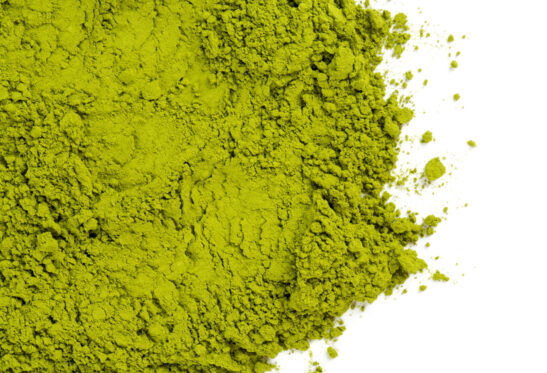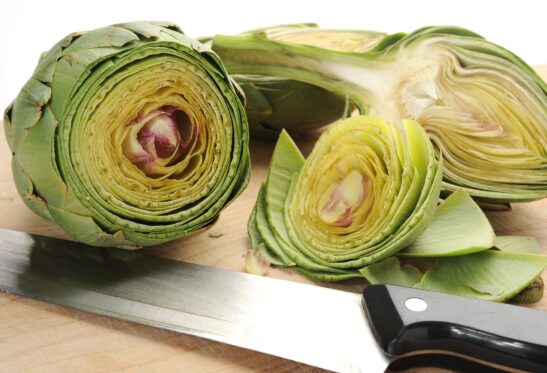 Eat Empowered
Eat Empowered  Healthy Shopping
Healthy Shopping
Xanthan Gum: Is This Common Food Additive Safe For Our Bodies?
Home » Eat Empowered » Xanthan Gum: Is This Common Food Additive Safe For Our Bodies?
Ask Keri: Xanthan gum appears on many ingredient lists. What is it, and is it healthy?
Keri Says: Although it may sound like a sci-fi food, xanthan gum is a popular additive you’ve likely stumbled over while reading ingredient lists. Since it’s used in many packaged foods that are pitched as healthy, including vegan and/or gluten-free dishes, it’s important to know whether or not you should avoid it.
The bottom line: It’s not nearly as scary as the tricky-to-pronounce name suggests. Xanthan gum is generally considered safe, and you’re likely consuming less than you think. While it is ubiquitous, most foods only contain tiny amounts.
What Is Xanthan Gum?
The short version: Xanthan gum comes from fermenting sugar. The full process is more complex: After adding alcohol, the fermented substance gets dried into powder form, which makes it easy to add to various foods.
Popular as a thickener and stabilizer, xanthan gum commonly appears in salad dressings, sauces and ice cream (not to mention personal-care products). It’s even more prevalent in gluten-free products, since it mimics the elasticity and fluffiness of gluten. (It also lends a fatty texture to low-fat and nonfat foods, although I suggest you choose full-fat in most cases anyway.)
Since xanthan gum is a soluble fiber, your body can’t break it down, meaning it provides virtually no calories or nutrients.
RELATED: The Guide to Fiber
Substitutes for Xanthan Gum
Thanks to the surge in gluten-free diets, you might find recipes that call for xanthan gum. It’s not hard to find: You can pick up a bag of the powder, such as Bob’s Red Mill brand, sold everywhere from Whole Foods to Target.
But if you have severe food allergies (more on that below) or are having surgery soon, it’s probably best to avoid it. (Since xanthan gum lowers blood sugar, there is concern that it can interfere with blood sugar control before and after surgery.) Instead, GF cooks and bakers can turn to other options to thicken their sauces. Both agar-agar (derived from seaweed) and cornstarch (derived from—you guessed it!—corn) are great vegan substitutes for xanthan gum.
Is Xanthan Gum Good for You?
Unlike carrageenan, all signs point to the relative harmlessness of xanthan gum. The FDA says it’s safe, as does the Environmental Working Group (an organization that is generally way more cautious than the federal government—in this case, FDA—standards).
In fact, most reliable research points to a potential health benefit: lower blood sugar. Several studies have shown that larger doses of xanthan gum may reduce blood sugar, especially in those with diabetes.
Other studies have found additional potential health benefits, including weight loss and better digestive regularity. In one study, participants had a 10% lower rate of cholesterol, albeit only after a three-week period of consuming 15 times the current recommended daily amount of xanthan gum.
Does Xanthan Gum Cause Side Effects?
The only potential downside to xanthan gum? It can affect digestion, causing gas and more frequent trips to the bathroom. But even those side effects are unlikely to occur unless large doses (around 15 grams) are eaten, and that amount would be pretty hard to get from food. (A typical person consumes less than 1 gram per day.)
One caveat: The sugar that’s fermented to make xanthan gum can come from corn, soy, dairy, or wheat—and it’s hard to identify which food is the source. If you have a severe allergy, best to avoid it. Otherwise, don’t stress over this strangely-named thickener.
(Image: Shutterstock)
The Nutritious Life Editors are a team of healthy lifestyle enthusiasts who not only subscribe to — and live! — the 8 Pillars of a Nutritious Life, but also have access to some of the savviest thought leaders in the health and wellness space — including our founder and resident dietitian, Keri Glassman. From the hottest trends in wellness to the latest medical science, we stay on top of it all in order to deliver the info YOU need to live your most nutritious life.
RECENT ARTICLES

Want a sneak peek inside the program?
Get FREE access to some of the core training materials that make up our signature program – Become a Nutrition Coach.
Get Access"*" indicates required fields









































































